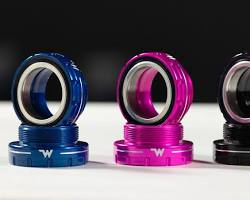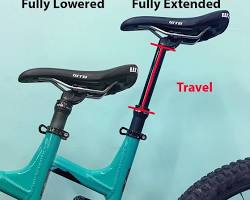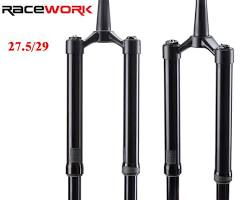Get 20% off this month when you get your bike tuned up at SDC!
3 tips when selecting a mountain bike for off road use.
- Gearing up for some epic mountain bike adventures? Choosing the right bike can make all the difference between conquering those trails with a smile or cursing your wobbly wheels. Here are 3 key tips to help you select the perfect mountain bike with a BSA bottom bracket, dropper post, and air spring dampened fork:
- 1. Frame Fit and Geometry:
- BSA Bottom Bracket: This classic threaded standard offers excellent compatibility with a wide range of cranksets, allowing you to easily upgrade or replace components in the future. Look for a frame with a BSA bottom bracket for maximum longevity and reliability.

BSA Bottom Bracket - Size and Reach: A well-fitting frame is crucial for comfort and control. Choose a size that allows you to stand comfortably over the top tube with a slight bend in your knees. Reach, the distance from the headset to the seatpost clamp, should also be considered. A longer reach provides stability on high speeds and descents, while a shorter reach might be more comfortable for technical climbs and tight corners.
- Geometry: Consider the bike's head angle, fork travel, and chainstay length. A slacker head angle and longer fork travel offer better stability on downhill sections, while a steeper head angle and shorter chainstays make the bike more agile for climbs and technical terrain. Choose a geometry that matches your riding style and preferred terrain.
- 2. Dropper Post:
- Smooth Transitions: A dropper post allows you to instantly lower your saddle from the handlebar, crucial for quick descents and navigating technical obstacles. Choose a dropper post with reliable actuation and a smooth travel mechanism for seamless transitions.

Dropper Post on a Mountain Bike - Post Diameter and Travel: Dropper posts come in different diameters (30.9mm, 31.6mm, etc.) to fit your specific seatpost. Travel length depends on your frame size and riding style. 120mm-150mm travel is common for most riders, providing enough clearance for technical descents without compromising climbing efficiency.
- 3. Air Spring Damped Fork:
- Tunable Performance: Air forks offer superior adjust-ability compared to coil forks. You can fine-tune the spring pressure, rebound damping, and compression damping to match your weight, riding style, and terrain. This allows for a personalized and comfortable ride experience.

Air Spring Damped Fork on a Mountain Bike - Travel and Stiffness: Choose a fork travel that matches your intended use. 100mm-120mm is ideal for XC and trail riding, while 130mm-150mm travel is better suited for enduro and aggressive riding. Consider fork stiffness based on your weight and riding style. A stiffer fork provides better handling on rough terrain, while a slightly flexy fork might be more comfortable for longer rides.
- Bonus Tip: Take the bike for a test ride! This is the best way to ensure the frame fits well, the dropper post operates smoothly, and the fork performs as expected. Hit some bumps, climb a hill, and descend a trail to get a feel for the bike's handling and performance.
Subscribe
Copyright © 2023 My Bike Shop Inc - All Rights Reserved. Bartlett, IL Since 1996